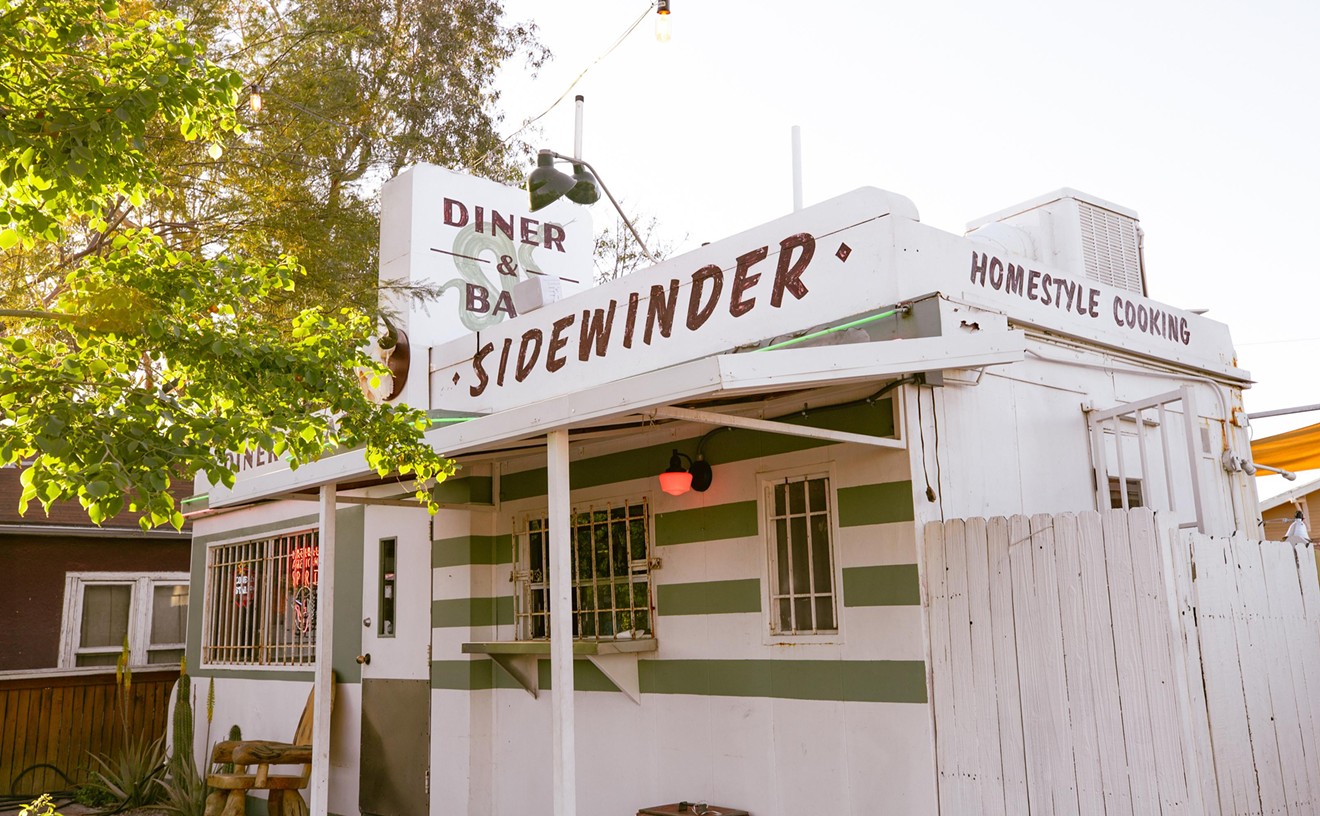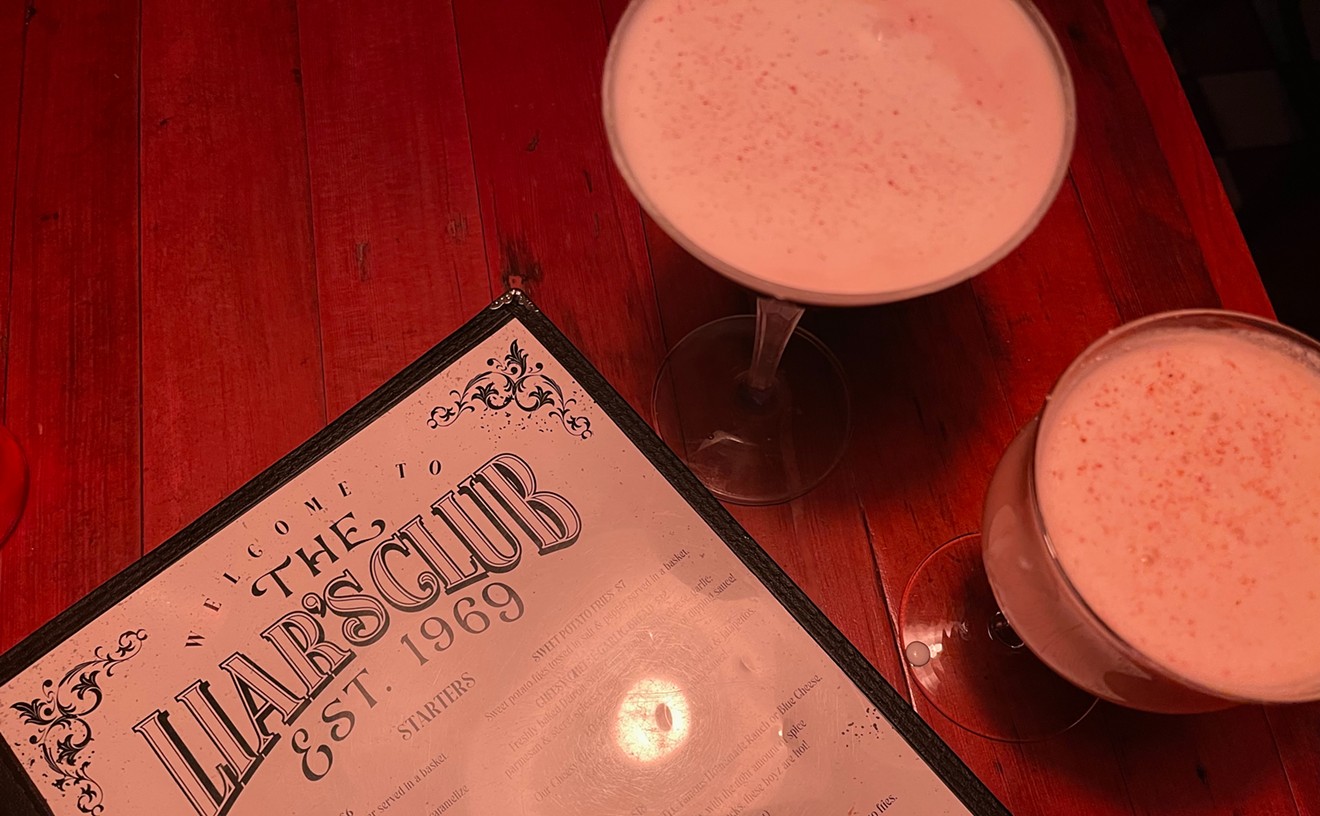There's nothing quite like the taste of butter, but sautéing with it is virtually impossible. The milk solids just can't take the heat; they burn at too low a temperature.
For years, I adding a little oil to melted butter in an attempt to cook food at a higher temperature but I had minimal success. (After all, if milk solids burn at 250 or so degrees, won't they still burn if they are mixed with oil?) I finally resorted to just using oil because burnt seemed worse than less flavor.
It's a choice no cook should have to make. There's a simple solution: clarified butter, which is whole butter that has been heated until the water and milk fat in it separate from the butterfat. It can be heated to high temperatures and it's got a wonderful taste and smell. In addition to sautéing with it, chefs use it to make roux (the thickener in traditional sauces), in warm butter sauces like Hollandaise and Bearnaise and as an accompaniment to seafood.
To make clarified butter, cut unsalted butter into pieces and melt it over medium high heat. (Resist the temptation to melt it more quickly on high - you don't want to burn the milk solids). When it begins to foam, lower the heat and let it simmer.
Skim the top (as needed), continuing to simmer until all the water evaporates and the milk solids have all been skimmed. (Be patient. It takes time. The milk fat will first fall to the bottom of the pan.) It is ready when the butterfat that is left in the pan is yellow and very clear. (You should be able to see the bottom of the pan.) Strain the clarified butter through a coffee filter or cheesecloth, being careful to leave any burnt bits or watery stuff at the bottom of the pot.
Be prepared. Clarified butter thickens and changes color as it cools, but it will return to its liquid form when heated. It does not need to be refrigerated (they don't do it at school), but I feel safer doing it at home.
There is a loss of approximately 25% when clarifying butter (a pound of unsalted butter yields about 12 ounces of clarified butter), so plan accordingly.
Trust me on this one. Clarified butter is well worth the time and effort.










